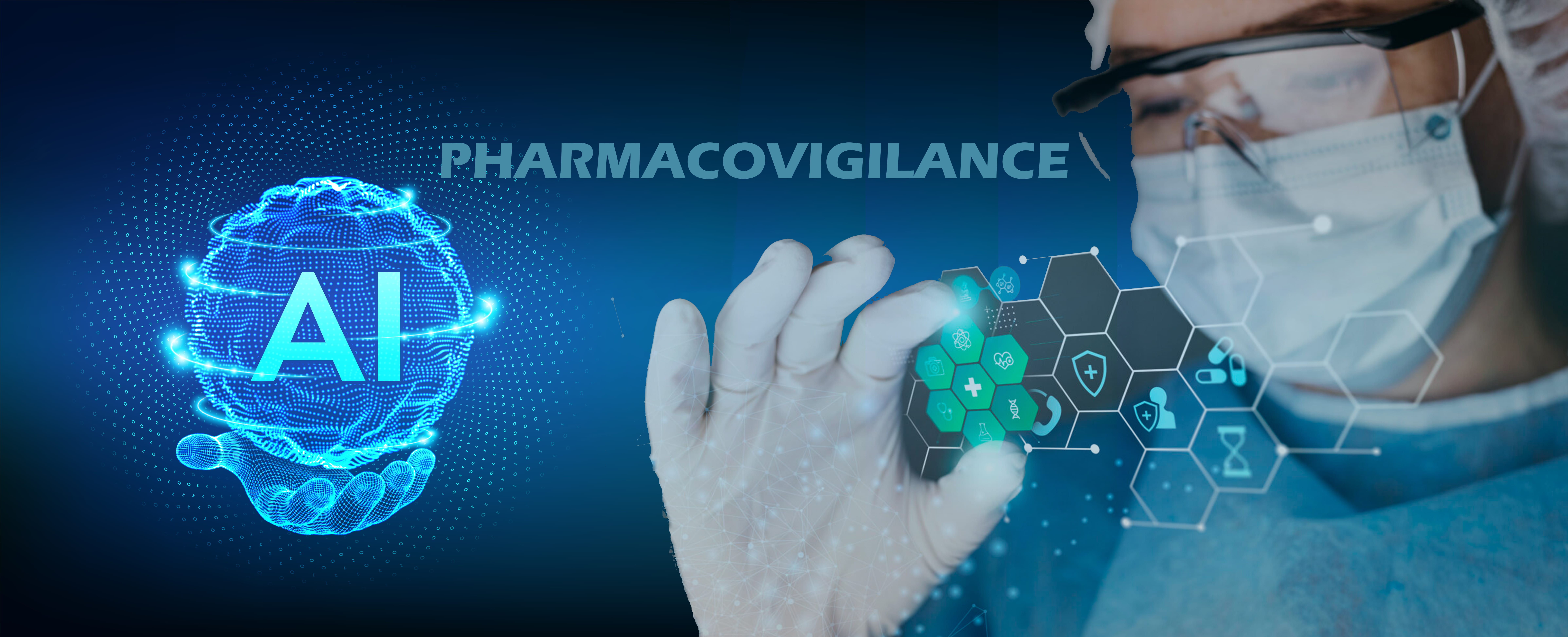
AI in Pharmacovigilance: Transforming Drug Safety for a New Era
In the wake of the unprecedented scrutiny faced by COVID-19 vaccine developers, pharmacovigilance (PV) has emerged as one of the most critical focal points in the pharmaceutical industry. At its core, pharmacovigilance is the science and practice of detecting, assessing, understanding, and preventing adverse effects or any other drug-related problems—ensuring that medicines in circulation remain both safe and effective.
In recent years, Artificial Intelligence (AI) has begun reshaping this field, introducing powerful automation capabilities that promise faster, more accurate, and more cost-effective safety monitoring. As drug development accelerates and global markets expand, AI-driven pharmacovigilance is no longer optional—it is becoming a strategic necessity.
The Rising Costs of Traditional Pharmacovigilance
Traditional PV models face mounting financial and operational pressures:
Data Volume & Complexity – The sheer scale of safety data from clinical trials, real-world evidence, and post-market surveillance has increased exponentially, straining existing resources.
Stringent Regulatory Demands – Agencies like the FDA and EMA now require more comprehensive and timely reporting of adverse events, necessitating increased staffing, technology upgrades, and training.
Manual Data Processing – Heavy reliance on manual data entry and review is not only time-intensive but also susceptible to human error, increasing operational costs.
A Deloitte survey of global biopharma companies revealed that 90% aim to reduce PV case processing costs, underscoring the urgent need for more efficient, automated solutions.
Key Concepts in Pharmacovigilance
Effective PV monitoring goes beyond simply recording adverse events (AEs). It requires attention to:
Adverse Drug Reaction (ADR) – Harmful effects occurring at normal doses.
Risk Factors – Conditions or patient profiles that increase the likelihood of ADRs.
Serious Reactions – Outcomes such as death, life-threatening conditions, permanent disability, or congenital defects.
Signals – Preliminary evidence linking a drug to a potential safety concern.
These elements demand granular, high-quality data analysis—an area where AI excels.
How AI Enhances Pharmacovigilance
AI-powered tools use machine learning (ML) and natural language processing (NLP) to aggregate, process, and interpret massive datasets from:
Electronic Health Records (EHRs)
Social Media & Online Forums
Regulatory Databases
Scientific Literature
Examples of AI in Action:
FDA Sentinel System – Uses automated algorithms to detect early safety signals from healthcare databases.
VigiLanz – Employs NLP to flag ADRs from EHRs in real time.
IBM Watson for Drug Discovery – Applies predictive analytics to accelerate drug development and safety profiling.
A TransCelerate Biopharma survey reported 45% better compliance and 80% higher efficiency among companies adopting AI-driven PV systems.
Advanced Applications
Adverse Event Reporting Systems (AERS) – AI-driven models streamline FDA reporting and improve detection speed.
Individual Case Safety Reports (ICSR) – Cognitive computing automates benefit-risk assessments, reducing costs and improving accuracy.
Social Media Sentiment Analysis – AI can mine millions of online posts for insights into drug performance and safety trends.
Genomic Data Integration – Predicts individual drug responses, enabling personalized safety monitoring.
Challenges of AI Adoption in PV
While AI offers transformative potential, several barriers remain:
Data Quality & Bias – Incomplete or skewed datasets can lead to inaccurate predictions.
Integration & Standardization – Harmonizing data from multiple sources is resource-intensive.
Regulatory Compliance – AI models must be transparent, validated, and auditable to meet stringent agency requirements.
Model Interpretability – Black-box algorithms challenge decision-making transparency.
Resource Constraints – Smaller companies may lack the infrastructure or AI expertise to implement robust systems.
The Future: AI-Powered Safety as a Competitive Advantage
Despite these challenges, the advantages are undeniable:
Early ADR detection
Improved data accuracy
Faster regulatory compliance
Reduced operational costs
By embracing AI-driven pharmacovigilance, pharmaceutical companies can not only meet regulatory expectations but also proactively protect public health, reduce liabilities, and gain a competitive edge in an increasingly complex global market.
AI will not replace the human expertise that underpins PV—it will augment it, empowering safety teams to focus on high-value analysis and decision-making. In a post-pandemic world, this combination of human judgment and AI precision represents the future of drug safety monitoring.